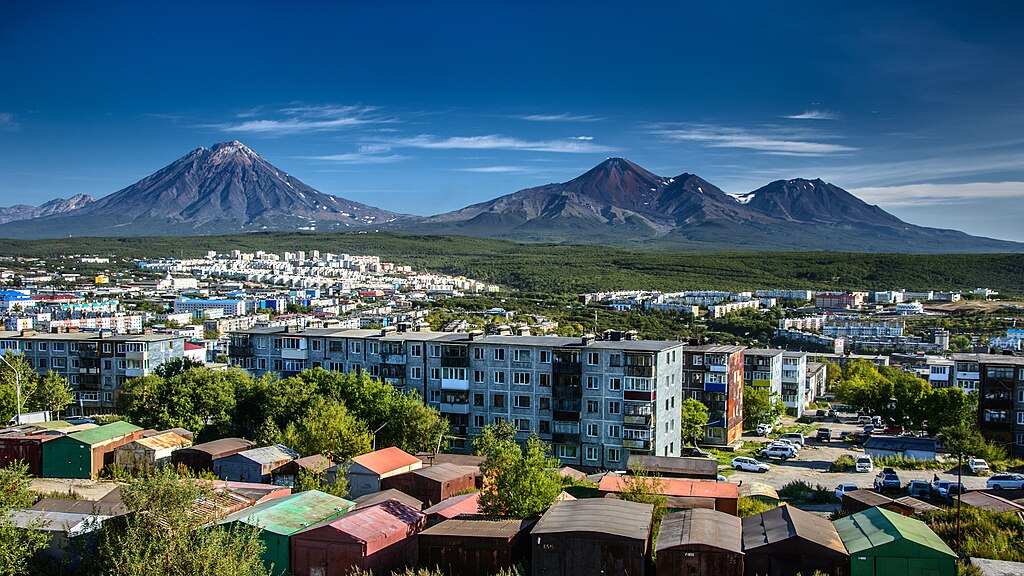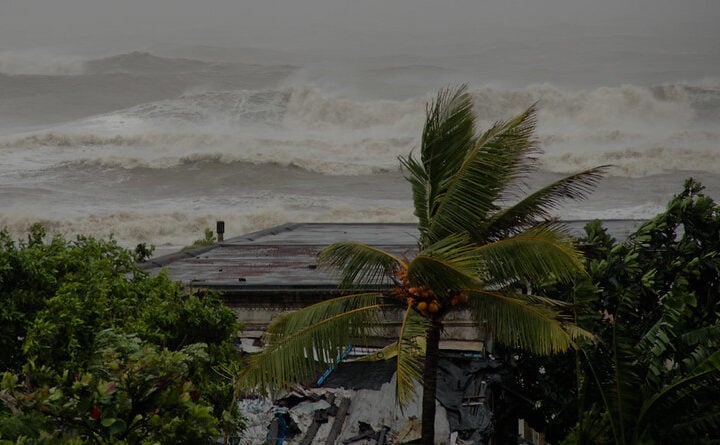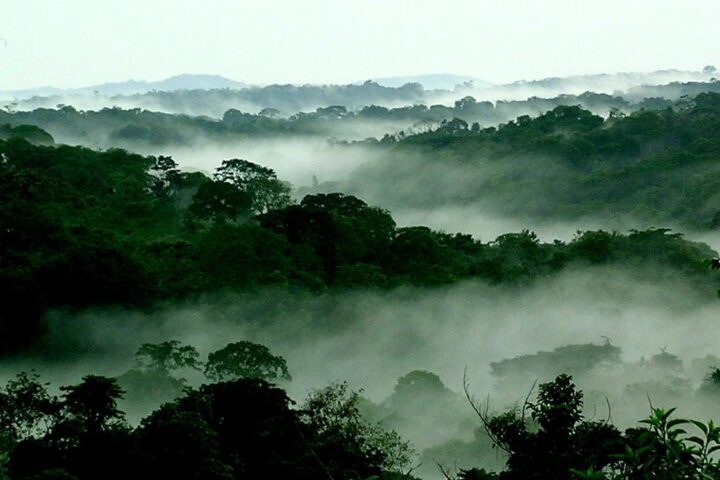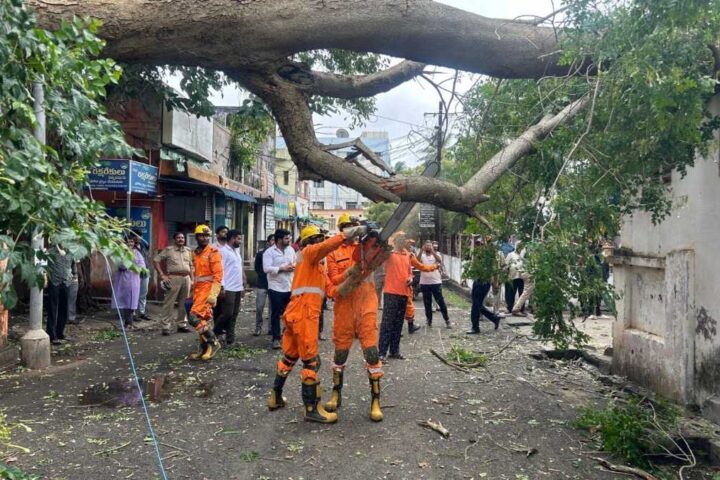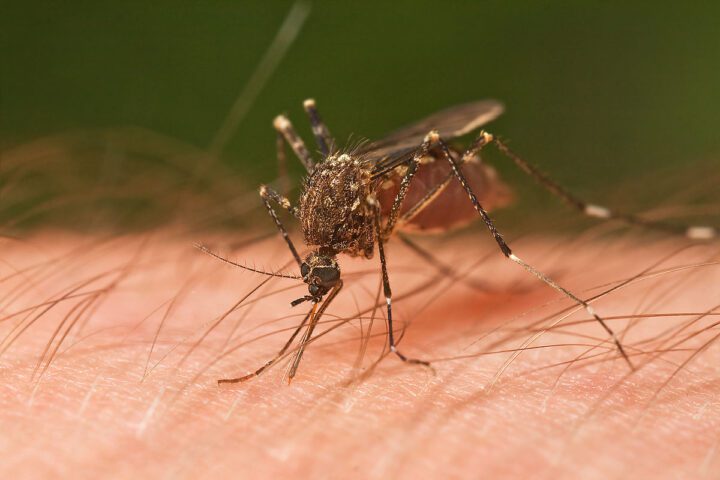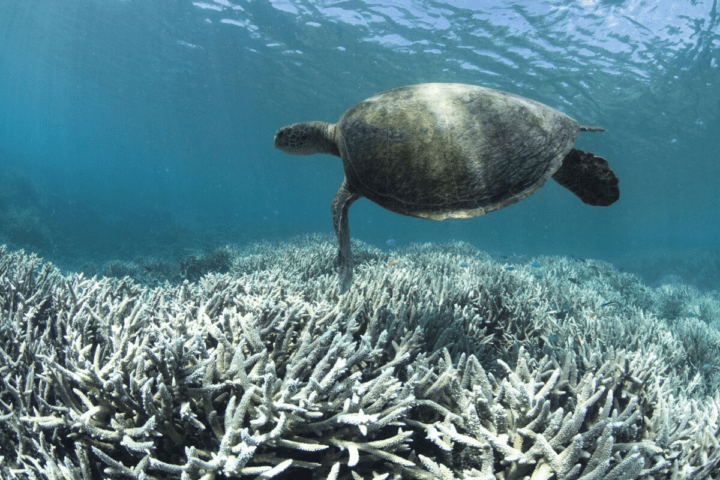The world’s water cycle has become increasingly unpredictable, causing major flooding and storms around the globe with no sign of stopping, the UN World Meteorological Organization (WMO) warned recently.
“Water-related hazards continue to cause major devastation this year,” said Celeste Saulo, WMO Secretary-General. “The latest examples are the devastating monsoon flooding in Pakistan, floods in South Sudan and the deadly flash floods in the Indonesian island of Bali. And unfortunately, we see no end to this trend.”
These disasters are happening as global temperatures soar to new heights. The year 2024 was the hottest in 175 years of record-keeping, with temperatures reaching 1.55°C above pre-industrial levels. This warmth allows the atmosphere to hold more water, leading to heavier rainfall when storms occur.
Storm Boris, which hit central and eastern Europe in September 2024, caused flash floods that displaced tens of thousands of people. In the Czech Republic, rivers flooded in a way that “statistically should only occur every 100 years,” explained Stefan Uhlenbrook, WMO Director of Hydrology. Yet these rare events are becoming more common as our climate changes.
The Himalayan region also experienced unexpectedly heavy rain when “the monsoon came early,” according to Sulagna Mishra, WMO Scientific Officer. “This is what we are talking about as the unpredictability of the system is growing more and more.”
Hurricane Helene struck the southeastern United States in September 2024, killing over 230 people and becoming the deadliest mainland hurricane since Katrina in 2005. The storm’s rapid transformation from scattered thunderstorms to a Category 4 hurricane was fueled by abnormally warm waters in the Caribbean Sea and Gulf of Mexico.
One of the most concerning findings is the rapid melting of glaciers. “2024 was the third straight year with widespread glacial loss across all regions,” Saulo noted. Glaciers lost 450 billion tons of ice in 2024 alone – enough to raise global sea levels by about 1.2 millimeters and increase flood risks for hundreds of millions of people living in coastal areas.
The WMO report highlighted that what happens to water in one part of the world directly affects other regions. Melting glaciers threaten communities both downstream and in coastal areas. Since 1975, glaciers outside Greenland and Antarctica have lost over 9,000 billion tons of ice – equivalent to a 25-meter-thick ice block the size of Germany.
While some regions like central-western Africa, Lake Victoria, Kazakhstan, southern Russia, central Europe, Pakistan, northern India, southern Iran, and northeastern China experienced wetter-than-normal conditions in 2024, other areas faced severe drought. The Amazon basin suffered from drought linked to the El Niño weather pattern, while northwest Mexico, northern North America, and parts of Africa saw below-average rainfall.
Looking ahead, the WMO projects that global temperatures will likely remain at or near record levels for the next five years. Their forecast shows an 80% chance that at least one year between 2025 and 2029 will be warmer than 2024, currently the warmest on record. There’s also an 86% chance that at least one year will exceed 1.5°C above pre-industrial levels.
The WMO stressed the critical need for improved data-sharing on streamflow, groundwater, soil moisture, and water quality, which remain heavily under-monitored worldwide. Better information would help communities prepare for and respond to water-related disasters as our climate continues to change.



